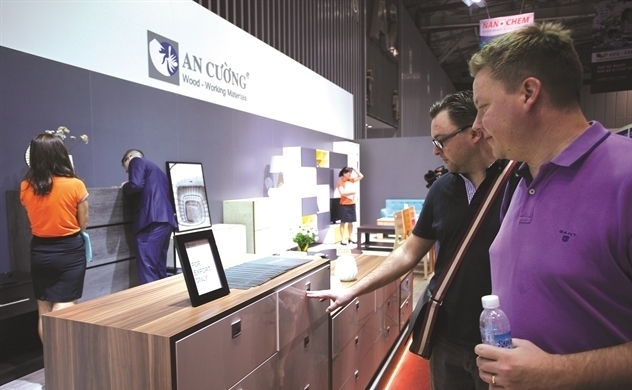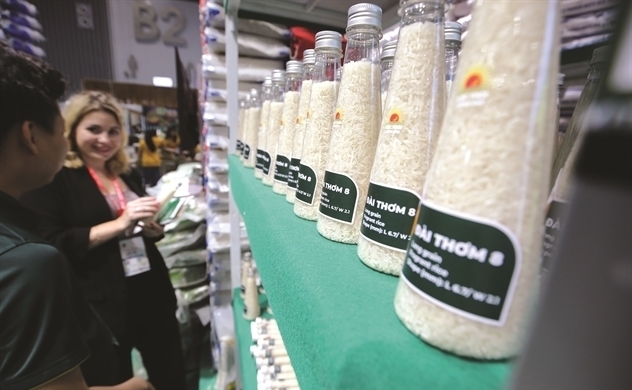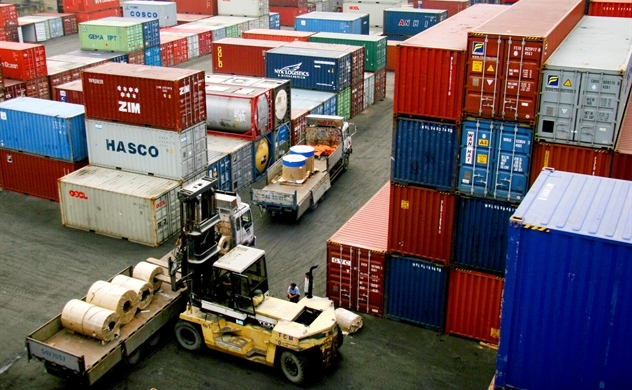FDI sector accounts for almost half of Vietnam’s wood exports

Despite the difficulties caused by the COVID-19 pandemic, Vietnam's 2021 wood exports grew beyond expectations, increasing by nearly 20 percent and reaching a target of $14.8 billion, according to the General Department of Customs.
Foreign direct invested enterprises contributed significantly to this achievement. About 3 years ago, the FDI sector had nearly 1,000 enterprises participating in the wood industry, with a total investment of $6.3 billion.
Although accounting for only about 15 percent of the total wood enterprises, the foreign firms contributed to 48 percent of the total export turnover of the wood industry.
Who's leading the way?
Leading the list of the largest furniture export companies in Vietnam is Wanek Furniture, with nearly VND18,300 billion in revenue and more than VND1,600 billion in net profit in 2019, far behind rivals.
The US-based Wanek Furniture entered Vietnam in 2008. The company then expanded to 4 Wanek factories in Binh Duong and 2 DC logistics centers, with a staff of nearly 10,000 people. Wanek's main products are furniture, interior accessories and have been exported to 123 countries.
The second-largest firms is An Cuong Wood with revenue of thousands of billions dong and profit after tax of approximately VND500 billion per year. In 2020, the company has 4,300 employees with 22 showrooms nationwide and has a manufacturing plant in Binh Duong.
An Cuong currently holds about 55 percent of the market share of industrial wood materials and decorative materials in Vietnam, in the mid-high-end segment. An Cuong has gone public on UPCoM in 2021.
Another prominent Vietnamese face in the furniture export industry is Phu Tai, a company operating in many fields where wood is one of the important areas. In 2020, Phu Tai achieved net revenue of VND5,601 billion.
In particular, revenue from wood reached nearly VND2,989 billion, up 42.95 percent over the same period thanks to increased exports to the US market. However, in terms of revenue, Phu Tai is behind Nitori Furniture (Japan). Since 2019, Nitori Furniture has recorded revenue of nearly VND4,100 billion, net profit of VND616 billion.
Other domestic names include AA Corporation, Minh Duong, Xuan Hoa, Thuan An Wood, Duc Thanh Wood, Truong Thanh Wood, Hoang Moc, Song Thang, Interior 190, Hoang Anh Gia Lai ... Although the business growth recorded good figures, the export level of these enterprises has not been able to equal some FDI enterprises.
Billion-dollar attraction
Despite the pandemic, the business situation of the wood processing and export industry is still positive. According to the Vietnam Timber and Forest Products Association, in 2021, most wooden furniture exports to the UK market increased sharply. In the U.S., according to the General Department of Customs, the increase was more than 22 percent and accounted for $8.7 billion; The figure in Asia was $4.4 billion, up 16 percent.
The strong growth rate is due to Vietnam's early control of COVID-19, creating a safe production environment while many countries have to suspend operations and close factories. Vietnamese wood and furniture enterprises also have the ability to identify the market well and take advantage of opportunities quite effectively.
For example, they have invested in technology, developed new products, actively marketed, increased online search and trade to expand exports, besides making major changes in design and sales style to keep up with export standards.
In addition, Vietnamese wood exported to the aforementioned markets accounts for a low proportion compared to the total value of wood imports of countries, so the room is still large. These are the motivations for Vietnam's wood processing and export industry in 2022 to expect to achieve growth of more than 20 percent.
However, the spike in freight rates and the rising price of raw wood can be detrimental to Vietnam's wood processing and export industry. Speaking to the press, Mr. Pham Thai Binh, General Director of Trung An Company, said that the increase in freight rates has been a big burden for businesses. The lack of empty containers has also left many exporters in a passive position.
In the face of this situation, the Ministry of Transport has assigned the Vietnam Maritime Administration to study and develop a project to develop Vietnam's international fleet development project (expected to be issued in 2022). In the short term, businesses expect the authorities to take measures to create channels to link and connect major domestic and foreign shipping lines together to stabilize freight rates.
In order to reduce transportation costs, Mr. Do Xuan Lap, Chairman of the Vietnam Timber and Forest Products Association, proposed that, instead of packing bulky goods, consuming container area, increasing shipping charges, … companies can pack each division separately.
Particularly in terms of difficulties in the supply of wood materials, enterprises need to calculate to increase the efficiency of using wood to save raw materials. Businesses can also experiment, combine other ingredients to ensure the best price instead of just focusing on using Golden Duong, White Oak, Walnuts.
(Translated by Huong Nguyen)

 TIẾNG VIỆT
TIẾNG VIỆT 






_41635620.png)


_14157616.jpg)









